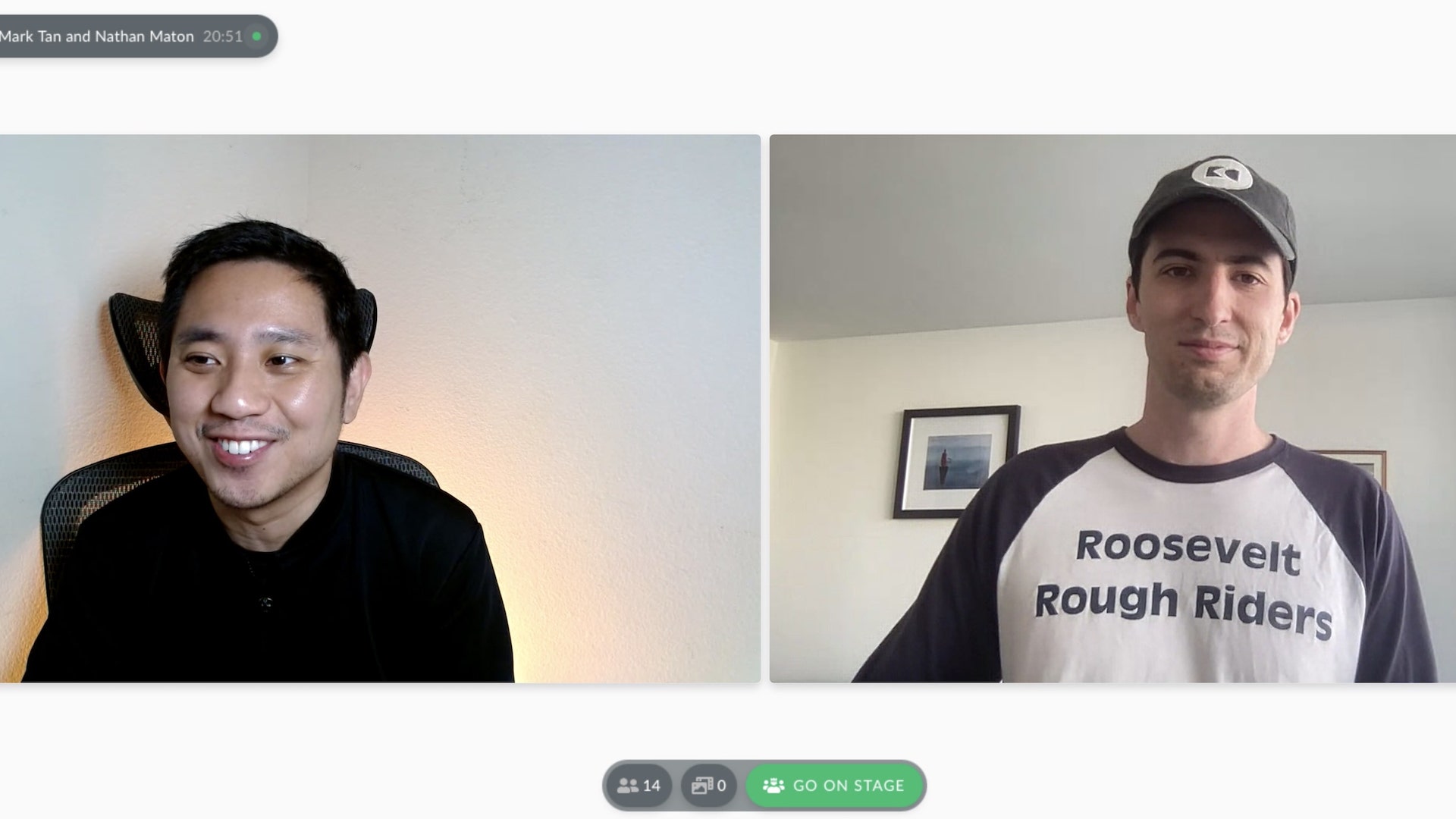It’s 6 p.m., the time when our house becomes chaotic. My husband is making dinner because my 16-month-old has demanded mommy hold her. She’s crying because I told her she can’t play in the basement right now. I’m hurriedly swipe-typing with friends to confirm plans for those glorious three hours between my daughter’s bedtime and ours. My husband says something to me, but I can’t hear him. He uses a combination of American Sign Language (that we learned to communicate early with our baby) and gestures to tell me that dinner is almost ready. I put my daughter into her high chair and tell our Google Home to play “Rock-A-Bye Your Bear” for the fifth time.
When it comes to accessibility, I frequently remind our clients that accessible products are better for everyone. There are times when someone may be temporarily disabled, for example with a broken arm, regardless of whether they have a permanent disability. There are also many more times when someone can be situationally limited. New parents like me often fall into that last category.
I recently returned from parental leave. Yes, my baby was born during the pandemic; yes, I had to wear a mask while in labour; yes, my baby met her extended family for the first time over video call, but those are stories for another time. During my time on leave, I frequently found myself situationally limited, with only one free hand while holding the baby, or not wanting to make any noise when rocking her at night, or getting places while pushing a stroller. It all helped me gain a new perspective on accessible features, both on the web and in the world.
I found myself especially limited when I was doing nighttime feedings with our newborn. If you haven’t had that experience, picture yourself sitting in the dark with one arm tied down, trying to be as quiet as possible for 30 to 45 minutes. Perhaps unsurprisingly, I spent a lot of time on my phone. I quickly learned that I couldn’t watch any video without closed captions because I didn’t want to disturb my newborn. This accessibility feature — originally developed for people with disabilities — opened my world when I was with my daughter. Not only could I use my phone while I was situationally limited, I also better understood how someone with a temporary or permanent disability might depend on features like this all the time.
Similarly, I always understood logically why we are all supposed to clear our sidewalks down to the pavement after a snowfall. But I never truly appreciated how challenging a snowy sidewalk can be to navigate until I was trying to push a stroller through ankle-deep snow, or over a two-foot high snowbank that was preventing me from crossing the street. It was frustrating to be forced to turn around some days when trying to get some fresh air, but it would have been so much more maddening if I was trying to get groceries or get to work with a mobile disability. Ramps, electric doors, and elevators all become so much more essential when your situation or disability doesn’t allow you to easily climb stairs or travel through doors.
And grocery shopping in a pandemic with an infant has taken on new meaning. In the last year and a half, the thought of just going into a grocery store full of people might cause anxiety for many. I found it even more nerve-wracking to bring a newborn into that situation, which inspired my newfound love of online grocery orders and curbside pickup. Although many stores have only adopted this service since the beginning of the pandemic, the challenges of navigating a crowded store are not new to many disabled people. I imagine that these services have been helpful to many people with situational limitations and permanent disabilities, and I hope that they continue to offer these better-for-everyone services.
As a UX designer, I regularly talk about the importance of creating accessible products, and how accessible products are important for everyone. In fact, I ran a Zeitspace Session about web accessibility a few months before I went on leave. However, knowing something is helpful and actually needing that help are two very different things. This experience has only stressed to me the importance of usability testing with a broad and inclusive set of participants. By inviting many differently abled people to share their experiences and challenges with your designs, we are better able to create products that are useful and usable to as many people in as many different situations as possible.





